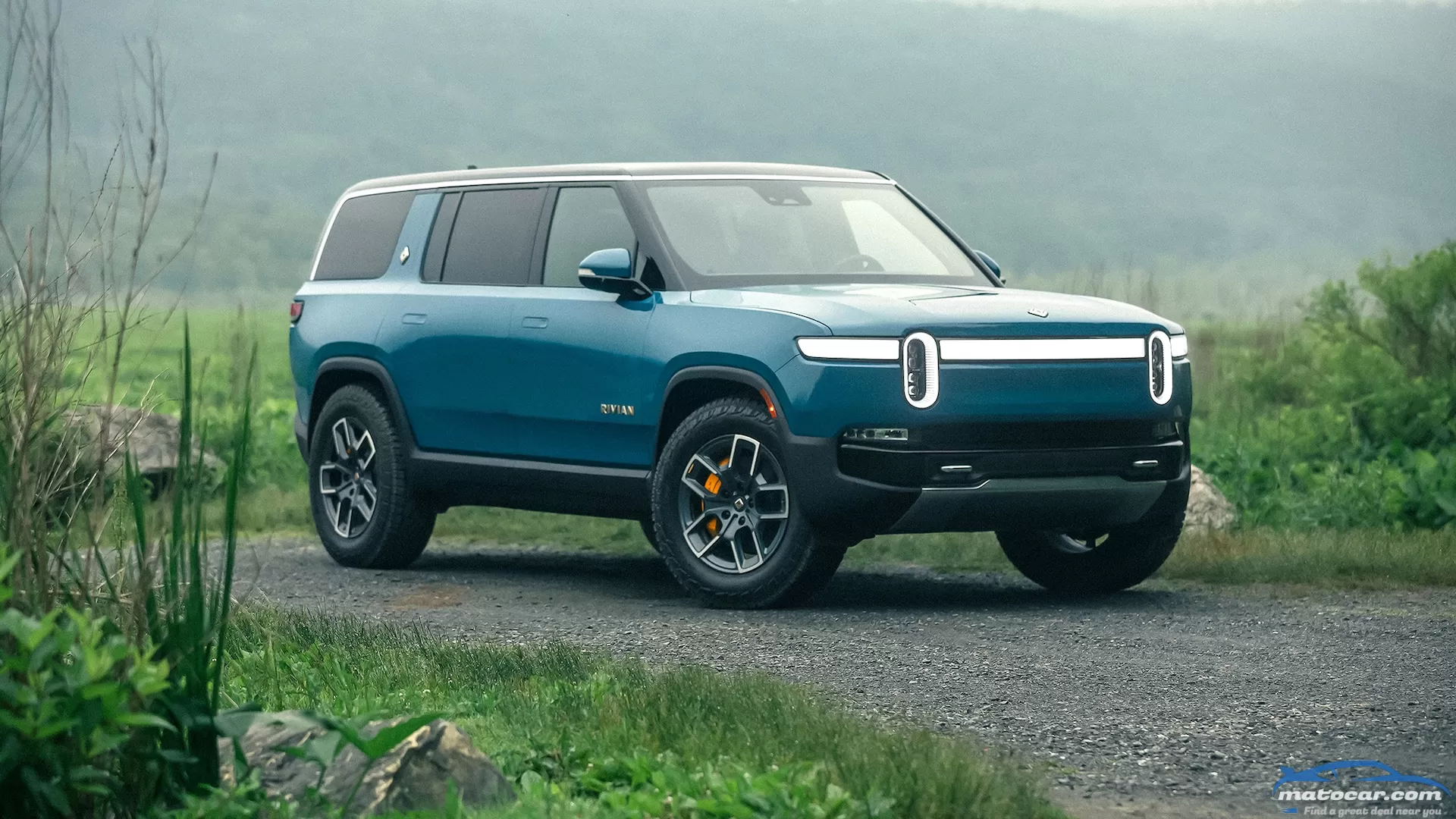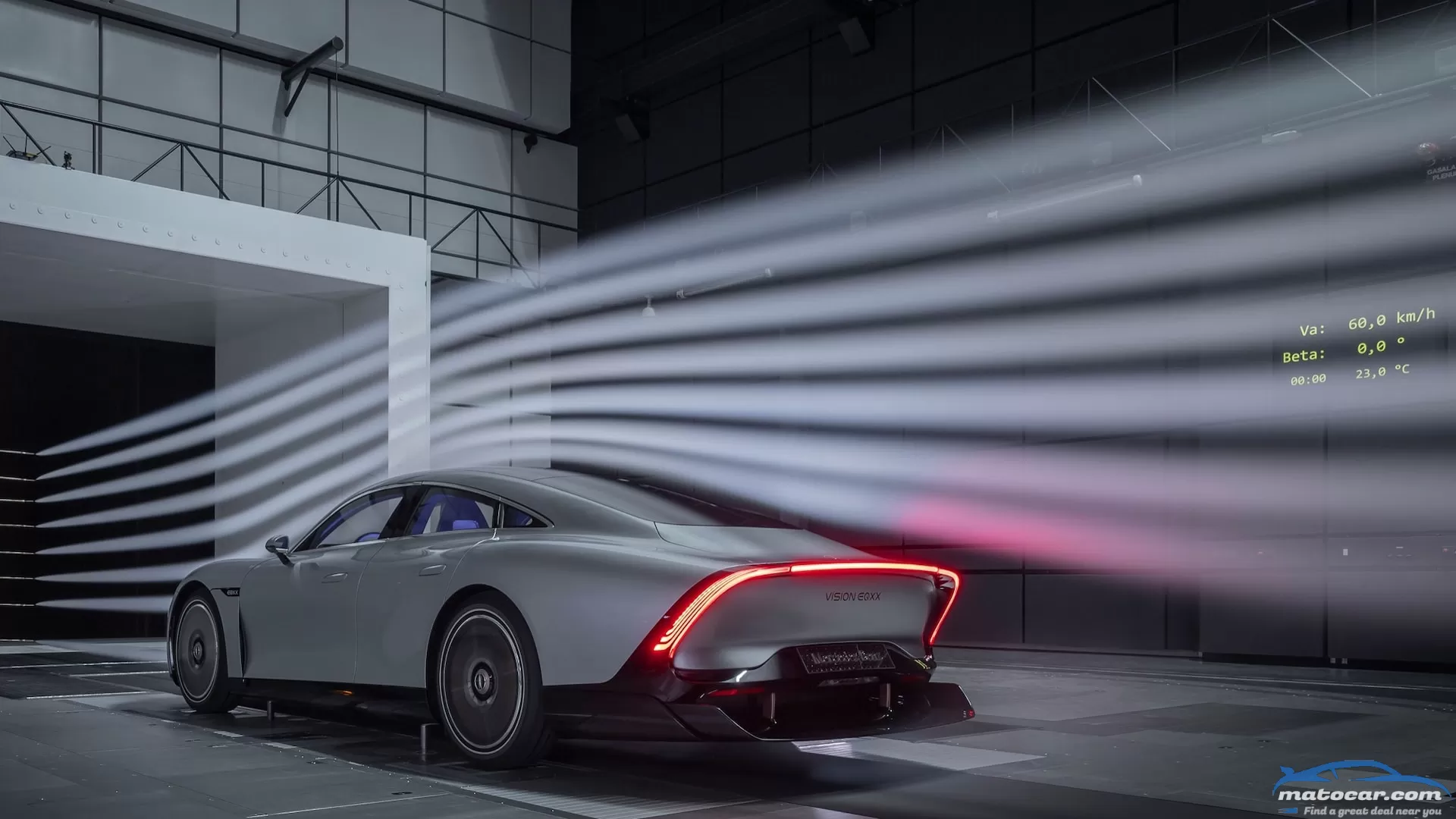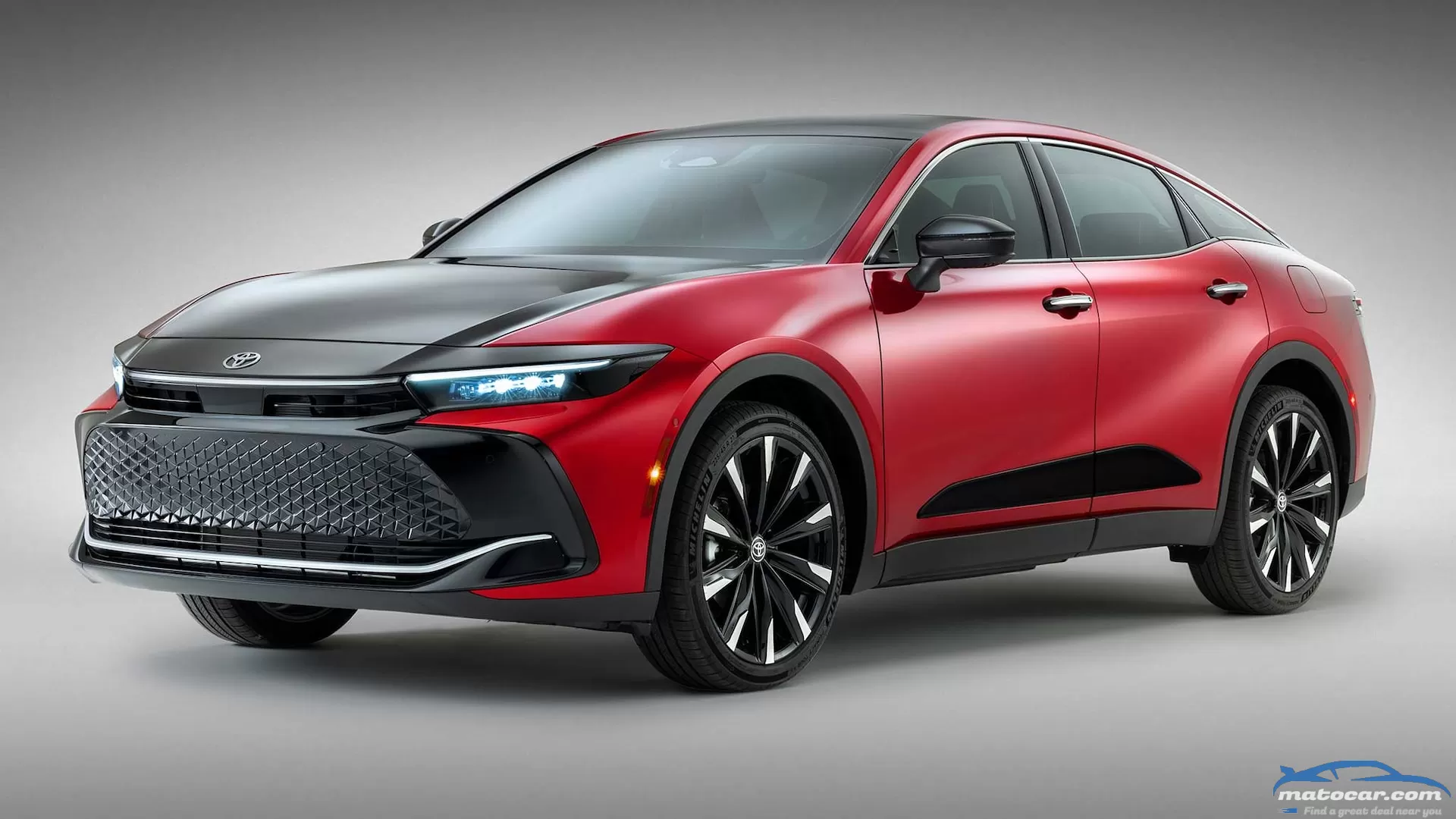RML’s Not-a-Priceless-Ferrari Comes Closer to Production
The RML Short Wheelbase (SWB) is not a Ferrari. It's inspired by the classic 250 GT SWB, but it's a new build powered by a modern-era 5.5-liter Ferrari V-12. Think of it as the best sort of homage—not a replica, not a restored, but something tweaked, improved, and usable. The images you're looking at are the first we've seen of the preproduction model, the one RML will use for durability testing. A lot of prepro mules are ugly, taped-together things with temporary lights and lots of warts. Not this RML—it's undeniably gorgeous.
This isn't RML's first rodeo. The outfit has been doing kits to make the Aston Martin DB4 and DB5 continuation cars road legal, and even converted an Aston Martin Vulcan for road use. It's dabbled in stranger projects, too, like building a Nissan-GT-R-powered Juke-R crossover for that automaker's European operations. The SWB, though, is something different.
And it's real. That's the important part. Whatever happens with the RML SWB at this point—and given where the market for things like this is right now, we doubt RML will lack for customers if they can bring the car to production—this prepro mule is a beautiful, physical testament to the enduring appeal of Golden Era Ferraris. RML says production will start soon, for whatever that's worth.
This car will be put through its paces at the UTAC proving grounds (formerly Millbrook, built by GM and modeled after the Milford facility in the U.S. ), which will surely create some wear and tear. Rather than finish it to a lesser standard before it deteriorates, RML decided to make it look nice and grab a set of beautiful images beforehand. This, we greatly appreciate, because who doesn't love to gawk at a beautiful shape? That said, we hope RML isn't afraid to show the SWB doing its thing on the track, warts and all.
You may also like
rivian r1s Full Overview Rivian R1T vs. R1S: What Are the Differences?Physically: Towing Capacity: Storage Capacity: Off-Road: Efficiency/Charging: How Does the R1S Rank as an SUV?What's the R1S Like Off-Road?How Does the R1S Drive On-Road?New Sand ModeHow About Adventuring?How Much Is a Rivian R1S?Is the Shorter R1S Sweeter than the R1T?Looks good! More details?2022 Rivian R1S Specifications BASE PRICE LAYOUT MOTORS TRANSMISSIONS CURB WEIGHT WHEELBASE L x W x H 0-60 MPH EPA FUEL ECON, CITY/HWY/COMB EPA RANGE (COMB) ON SALE Show All
The Mercedes-Benz Vision EQXX concept is design boss Gordon Wagner's way of showing us that he's dead serious about the death of the traditional three-box sedan.He's said it before, and he's saying it again: EVs will sacrifice the classic three-box design of a sedan at the altar of aerodynamic efficiency. ("Three-box" refers to the basic shape of a vehicle when viewed from the side, with the engine compartment, cabin, and trunk forming three box-like shapes pushed together.) When it comes to drag, a traditional trunk just isn't as good as a fastback design for cutting through the air. So-called four-door coupes are no longer a design statement, they're a necessity.Mercedes-Benz employees believe range is the EV customer's biggest concern today, so the company is doing everything it can to increase range without increasing prices. Optimizing a vehicle's aerodynamics are a big part of the puzzle. While it remains to be seen whether the company will push longtail designs like the EQXX with its tapering rear overhang, the long, sloping C-pillar is here to stay.The Grille's Gotta Go, TooWagner also confirmed the EQXX previews the new front-end design for Mercedes EQ EVs. The nonfunctional, light-up grilles of the current EQS and upcoming EQE models are effectively placeholders meant to ease the transition away from the grille as a primary design element. Instead, Mercedes will shift focus to the headlights, which make a three-pointed star design when the daytime running lights are switched on. Complementing those stars are a pattern of three-pointed stars embossed in the front fascia where a grille might've been in the past.Do You Really Need a Sunroof?Mercedes has also confirmed the EQXX's rooftop solar panels are not a concept gimmick. The company is hoping to begin offering the panels on production EVs in 2024 as an alternative to sunroofs and solid metal roofs. The company claims that, when combined with other technical advancements in the EQXX, the solar panels can reduce the load of non-propulsion systems enough to give the car an extra 15 miles of range on a sunny day.What About SUVs?SUVs are far more popular than sedans of any kind these days, so how will this new design ethos apply to future EV SUVs? Mercedes-Benz isn't ready to go into detail yet, but the same physics apply. SUVs, being taller, naturally have more frontal area to push through the wind, so optimizing their aerodynamics is even more crucial. The trick will be in balancing that against practicality, as today's so-called SUV coupes tend to sacrifice some amount of cargo space, rear head room, and rear visibility in the name of style.
There's a very human instinct that, when faced with a problem, one must do something. Take action, lest we possibly lose control over the outcome. Toyota isn't human, it's a car company. But humans work there, and those people seemed concerned enough about customers' wholesale abandonment of full-size sedans in favor of SUVs, they decided to do something about it. The 2023 Toyota Crown is that something.Programmatically, at least, it makes sense: Full-size cars like the Avalon—which Toyota recently discontinued—might as well be invisible to most buyers because, well, they're low to the ground and conspicuously not SUVs. So, why not make a sedan taller, creating a swoopy four-door that is neither SUV nor car—with a trunk, no less? It's a curious choice that'd be bold if not for the ample historical evidence that such a vehicle isn't the genius white-space opportunity Toyota thinks it is. Remember AMC's Eagle Sedan, or Subaru's Legacy SUS (that's Sport Utility Sedan), or more recently, Volvo's S60 Cross Country? We didn't think so.Toyota insists we haven't quite been here before. Those other lifted, SUV-ish sedans (sedan-UVs?) were smaller midsizers, and weren't offered in the same fevered, SUV-crazed market crucible we're living through today. Oh, and this one's sporty! And a hybrid! Okay, maybe?The Crown nameplate is not new. In fact, it adorned the first Toyotas sold here in America back in the 1950s, before fading from this market in the early '70s. All in all, it's been through 15 generations overseas, where it has long been attached to premium Toyota sedans. (More recently, Toyota added an SUV version based on what we know as the Highlander, and it's expected that the Crown family in Japan will grow to include more body styles soon.) Consider the Crown name appropriate, then, for this up-market four-door, which, yes, essentially fills in for the now-dead Avalon in Toyota's U.S. lineup.To further differentiate the Crown from mere cars—or similarly sized offerings such as Nissan's Maxima or Dodge's Charger—all-wheel drive is standard. So is hybrid power. On the entry-level Crown XLE and midlevel Crown Limited, that hybrid power is delivered by the latest version of Toyota's 2.5-liter-four-cylinder-based gas-electric combination, similar to what you'd find in the RAV4 Hybrid crossover. Final power figures are forthcoming, but look for something in the neighborhood of 236 hp between the dual front electric motors and gas engine and the separate (third) electric motor that independently powers the rear axle. Toyota expects this combination will deliver up to 38 mpg combined.Step up to the range-topping Crown Platinum, and Toyota swaps in a hybrid powertrain geared toward sportiness over efficiency. In goes a new 2.4-liter turbo four-cylinder and six-speed automatic transmission combo with an electric motor standing in for the torque converter, plus a larger rear-axle motor. This layout mimics that on the new-generation Lexus RX's 500h F Sport trim, though instead of 367 hp it delivers 340, along with some 400-lb-ft of torque. The Platinum also has a Sport+ drive mode (XLE and Limited models top out at "Sport") and paddle shifters for its automatic transmission. (The XLE and Limited, like other Toyota hybrids, have a planetary-type continuously variable automatic transmission tuned for smoothness.) Fuel economy drops to a combined 28 mpg, perhaps a worthy tradeoff for the huge power.Toyota says the Crown generally and the Platinum specifically are tuned for sportiness, though both also prioritize quiet operation and comfort, with standard acoustic front glass and a thick noise-absorbing mat lining the firewall. If those sound like disparate and conflicting goals, well, consider them on-brand: You're talking about a vehicle that can't figure out if it's an SUV or a car. Internal strife seems to be its thing.The Crown itself is big. Think Avalon big. It is 194 inches long, 72.4 inches wide, 60.6 inches tall, and its wheelbase stretches 112.2 inches. Those dimensions are all just a hair smaller than those of the Avalon, save for the height, which is taller. (Toyota says the Crown sits 4 inches higher off the deck than a regular sedan, which we take to mean the Avalon.) The rear seat area is commodious, and even the Crown XLE rides on 19-inch wheels. In a Toyota first, the Platinum wears standard 21-inch rollers. Toyota also will offer a two-tone paint option on the Platinum only, which slathers the hood, roof, and decklid in black paint, in case the whole lifted-giant-sedan look weren't bold enough for you. Underneath, its platform isn't shared with other Toyotas; instead, its TNGA-K bones are closer to those of the new Lexus RX crossover.Without poking further fun at the Crown's oddball format, it has some presence in person. The shape is very sleek for a Toyota sedan—er, thing—and while the detailing is a bit strange, it's not an incohesive design. There is a full-width, thin taillight, along with slim headlights. A contrasting color panel on the lower door area breaks up the otherwise slab sides, and the mouthy grille is distinctive. Of course, nearly 100 percent of that mouth is not actually open; only a thin section below and nostrils on either side of a central front crash sensor are perforated to allow air into the nose.Every Crown is loaded with glamorous tech, including a 12.3-inch digital gauge cluster and 12.3-inch touchscreen running Toyota's latest Audio Multimedia software. This easier-to-use, snappier-looking interface first appeared on the 2022 Tundra pickup and is rapidly proliferating throughout Toyota's lineup. A thin row of climate control buttons live beneath this screen, as does a central volume knob. While XLE versions get a six-speaker audio system, Limited and Platinum models upgrade to an 11-speaker JBL setup.Other niceties include standard heated front seats (ventilated and heated up front and heated in back on Limited and up); Toyota's SofTex faux leather (Limited and up get real leather); and Toyota Safety Sense 3.0 (TSS) active safety features including blind-spot monitoring, adaptive cruise control, and lane-keep assist. Limited and up also get full-LED headlights, parking sensors, and rain-sensing wipers. For the Platinum, Toyota also fits an electronically adaptive suspension, which can firm up or soften depending on which drive mode is selected.We poked around the interior of the new Crown and felt it was premium, but not quite Lexus level. There are some mainstream-feeling plastics on the door panels and center console, but the overall look is definitely more up-market than you'll find on any other Toyota. One glaring issue we found has nothing to do with quality, but practicality. For as large as the cabin is, the trunk—yes, there's a trunk, not a hatch like the fastback roof suggests—feels Corolla-sized at best, and with an odd opening and only a small pass-through to the cabin with the rear seats folded.Whether this combination of supposedly sporty (or at least powerful) hybrid-ness and tall sedan-ness is something buyers are looking for remains to be seen. What we can say is that Toyota's will to do something for full-size sedans is as admirably human as it is abnormal. The logical thing for an automaker watching shoppers abandon one vehicle segment it no longer serves for another it has more than covered would be to step out of their way. Do nothing but hold up a big sign for the RAV4, Highlander, or Sequoia. Instead, this fall, the Crown will arrive in dealerships.




0 Comments